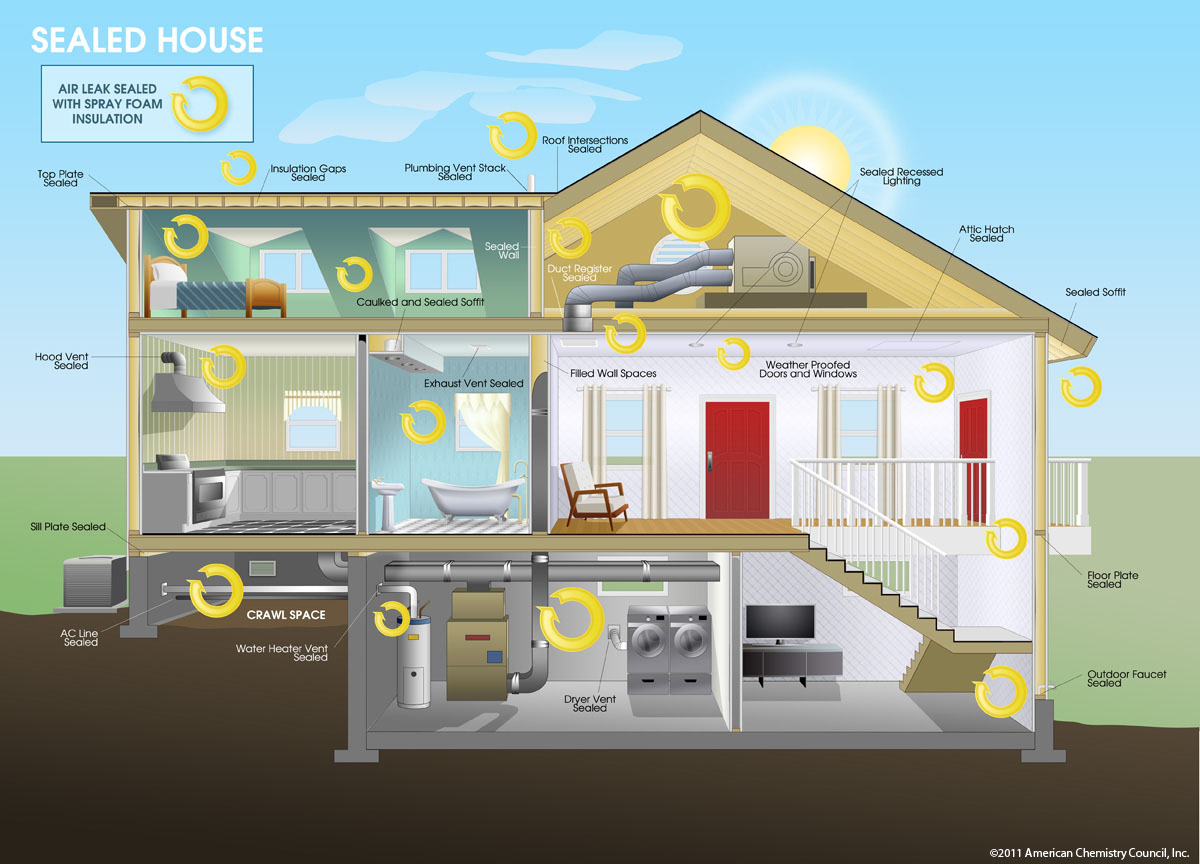Shaping the Future of Sustainable Construction
Building science innovations are revolutionizing the construction industry, offering new possibilities for sustainable, energy-efficient, and resilient buildings. These advancements in technology, materials, and design practices are driving a shift towards environmentally conscious construction methods and promoting healthier and more comfortable living environments. In this blog, we will explore some of the notable building science innovations that are shaping the future of sustainable construction.
- High-Performance Insulation: Insulation plays a crucial role in minimizing heat transfer and optimizing energy efficiency in buildings. Recent innovations in insulation materials have led to the development of high-performance solutions that offer improved thermal resistance, reduced air leakage, and enhanced moisture control. Materials such as spray foam insulation, aerogels, and advanced fiber-based insulations provide superior insulation properties, enabling buildings to achieve higher levels of energy efficiency.
- Smart Building Systems: The rise of the Internet of Things (IoT) and interconnected devices has paved the way for smart building systems. These systems utilize sensors, automation, and data analytics to optimize energy consumption, enhance occupant comfort, and improve building performance. Smart thermostats, lighting controls, and energy management systems allow for real-time monitoring and adjustment of energy usage, resulting in significant energy savings. Building automation also enables predictive maintenance and early detection of faults, increasing the longevity of building systems.
- Prefabrication and Modular Construction: Prefabrication and modular construction methods have gained traction due to their potential to streamline construction processes and reduce waste. Off-site fabrication of building components allows for better quality control, shorter construction timelines, and minimized environmental impact. Additionally, the use of Building Information Modeling (BIM) technology enables precise coordination and integration of prefabricated components, ensuring efficient assembly on-site. Prefabrication and modular construction contribute to increased construction efficiency and the creation of more sustainable buildings.
- Renewable Energy Integration: The integration of renewable energy systems in buildings has become increasingly viable and economically feasible. Solar photovoltaic (PV) panels, wind turbines, and geothermal systems are being seamlessly incorporated into building designs to generate clean, renewable energy on-site. Advancements in solar panel efficiency and storage technologies have made it possible for buildings to generate and store their own electricity, reducing reliance on the grid and lowering carbon emissions. Renewable energy integration is a key building science innovation driving the transition to sustainable energy solutions.
- Biophilic Design and Healthy Indoor Environments: Biophilic design principles emphasize the connection between humans and nature within built environments. Incorporating natural elements such as green walls, indoor plants, natural light, and ventilation systems can significantly improve occupant well-being and productivity. Building science innovations have facilitated the integration of these elements into designs, fostering healthier indoor environments that promote physical and mental well-being. Additionally, advanced air filtration systems and improved ventilation strategies enhance indoor air quality, reducing the presence of pollutants and allergens.
Building science innovations are reshaping the construction landscape and propelling the industry towards sustainability, energy efficiency, and improved occupant well-being. Through advancements in insulation, smart building systems, prefabrication, renewable energy integration, and biophilic design, buildings are becoming more sustainable, resilient, and comfortable. As technology continues to evolve and environmental concerns persist, building science innovations will continue to drive the future of sustainable construction, creating a greener and healthier built environment for generations to come.

